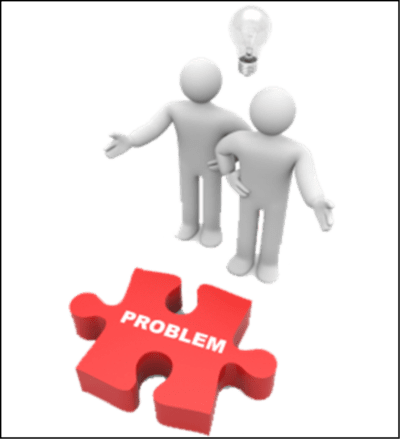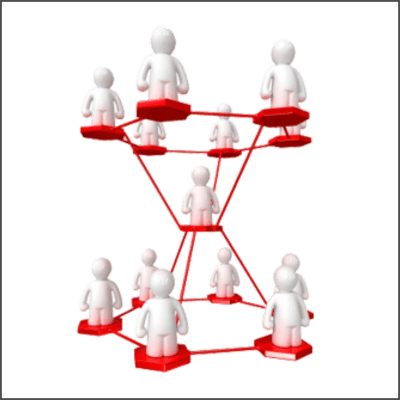Business Acumen – Keen Business Sense
It’s a broad concept, really. At its essence, business acumen is about having a holistic understanding of how a company operates and makes money. It involves everything from financial literacy (understanding profit and loss statements, balance sheets, cash flow) to strategic thinking (spotting opportunities and threats in the market). It also encompasses the ability to […]
Business Acumen – Keen Business Sense Read More »










